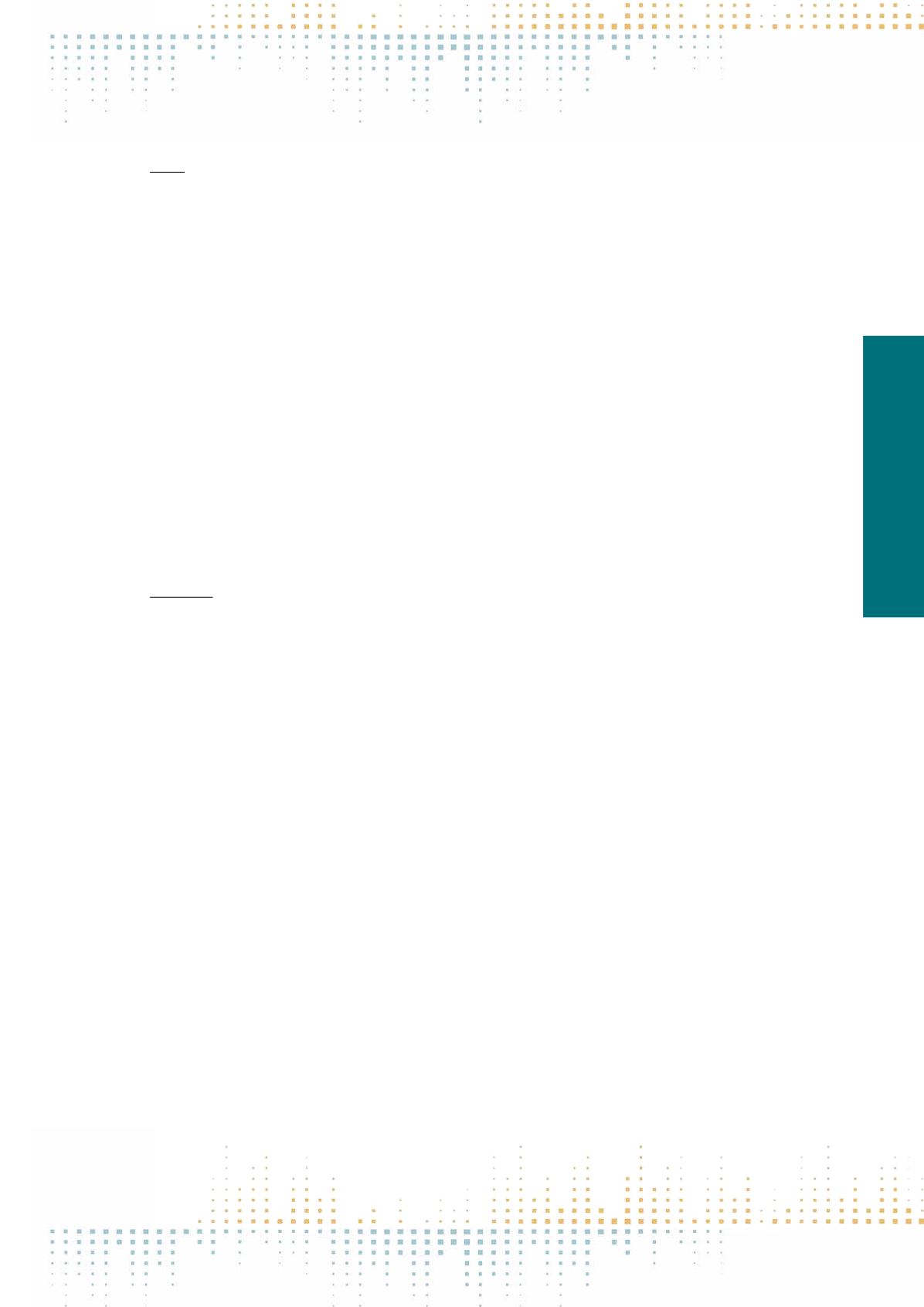

621
Thursday, November 10
1 1 : 0 0 – 1 2 : 3 0
PN 084
Methodological Challenges in the Study of Augmented Urban Protest
T. Lokot
1
1
University of Maryland, Washington, USA
Bennett and Segerberg (2012) suggest that the use of digital networked media by activists and protesters leads to a shift from collective to connective
action, and a new organizational pattern of action networks, where digitally enabled personal connections supplant established political organizations and
institutions. This kind of protest communication can connect a wider range of individuals and offer opportunities for more ephemeral, flexible connections
andmediatedmodes of activist engagement.These augmented communication networks often rest on or wrap around existing urban practices, embedding
themselves in the city’s structures and simultaneously creating new connective tissue between urban hubs of activity, organizations or individuals.This new
communicative reality demands that we combine the study of digitally augmented protest organization, action, and identity construction with the study
of the city itself as a spatially multiple yet material environment that also affects urban protest communication and activity. Such a dilemma requires that
we cross-pollinate between existing methods of protest studies, approaches to the study of digital media and communication, and urban studies. Moreover,
it is in the dialogue of diverse methodological takes that we can find productive methods for the study of the urban mediated protest. Such an emergent set
of methodologies requires that we not only account for the various objects and subjects of our study, but also consider them as a whole instead of separate
entities. What we wish to study is how people living increasingly mediated lives in cities get engaged and are able to participate in protest activity, and
how that activity both shapes and is shaped by their urban mediated environment. We therefore draw on urban sociology, urban anthropology and urban
media studies, as well as fields such as social construction of technology to inform our research methods. The key methodological challenge we face is that
urban activists and protesters today are at once online, offline and moving in the city. In other words, while studying their activities, we need to take into
account at the outset both the urban environment as a digitally mediated spatial context and the platforms and devices that afford protest communication
in the contemporary multispatial cities. We must therefore arrive at a set of methods that combine human interaction and conversations with protesters
(e.g., interviews or focus groups); collection and analysis of media and digital content generated by and around the protest (content analysis, social network
analysis); and gathering evidence of the city’s transformation as a site for dissent (observation, recording visual data, location and mobility studies, map‑
ping). These methods can then be triangulated to illuminate the complexities of the augmented urban protest as a comprehensive phenomenon.
PN 085
Playful Disruptions: Research in the Urban Wild
J. Holopainen
1
1
Royal Melbourne Institute of Technology Europe, Barcelona, Spain
‘Research in the wild’approach (Benford & Giannachi 2011, 8–12) has raised widespread interest in the area of interaction design, due to the ubiquitous role
that information technology has gained in our everyday lives. The notion of 'research in the wild' implies that the focus is on the design, staging and study
of playful disruptions in urban context. In my presentation, I discuss this interdisciplinary approach by paying attention, among other things, to how theory,
practice and field studies iteratively inform each other during a specific project. To begin with, the design of the disruptions is based on play theory, game
design knowledge, game technologies, architecture, urban planning, and social and psychological insights into the use of urban media. More concretely,
designing and staging playful disruptions in public urban environments are seen to act as 'Trojan horses'. The Trojan horses have immediate benefit for their
audience in the short term but in the longer term they may act as a wedge for engaging with 'dark matter' – the legal, policy, business and other less visible
systems which greatly influence people’s lives (cf. Hill 2014). The studies of the playful disruptions contain two complementary evaluative approaches. In
the first of them, focus is on understanding the user (or participant) experience of a designed intervention when staged in the wild. These studies are in‑
formed by the explicit goals for the particular intervention, and use a range of data collectionmethods including both qualitative and quantitative measures
in order to assess whether an intervention actually addresses the issue that it is geared towards. The studies are carried out ‘in the wild’, and for prolonged
periods of time (length depending on the nature of the intervention). The second type of studies evaluates the disruptions from the perspective of social
impact. While social impact is a long-term effect, there are models developed within the tourism sector (Fredline et al. 2003) that can be used to assess
the impact of singular events. More comprehensive taxonomies from the social impact assessment field (Vanclay 2002) as well as methods for community
based assessment (Becker et al. 2003) are used as well. My argument in the presentation is that through the iterative cycles of theory, provocative playful
disruptions, and their empirical exploration, it is possible not only to make visible how urban disruptions are experienced but also to gain deeper insight
into people’s routinized relations with everyday urban media.



















